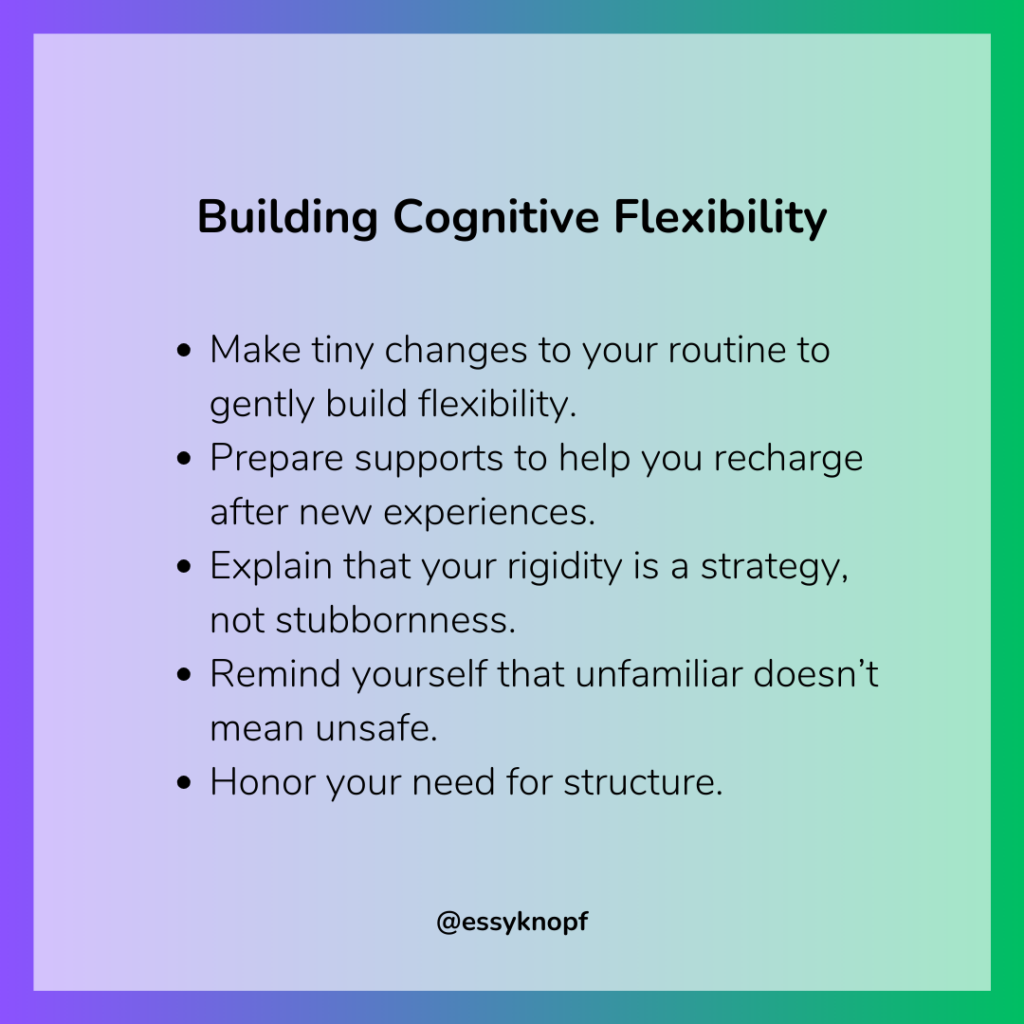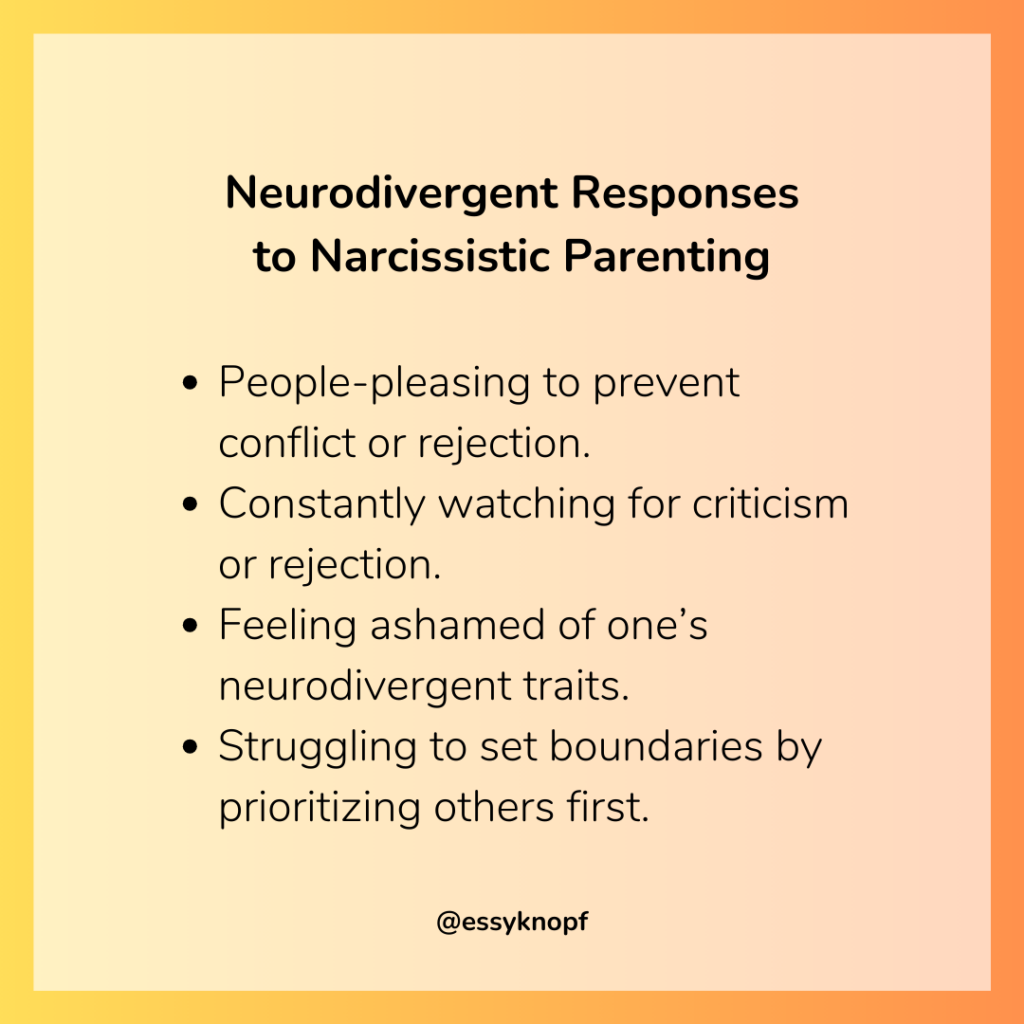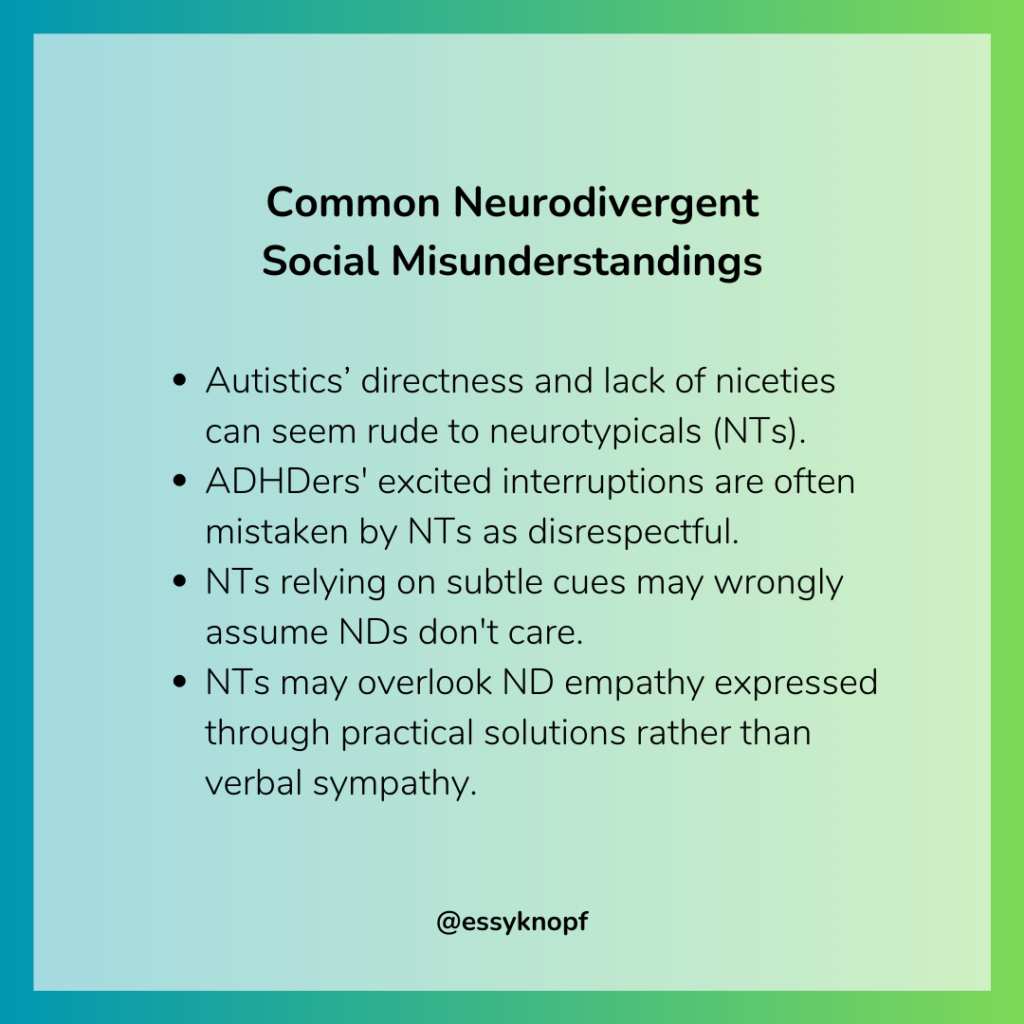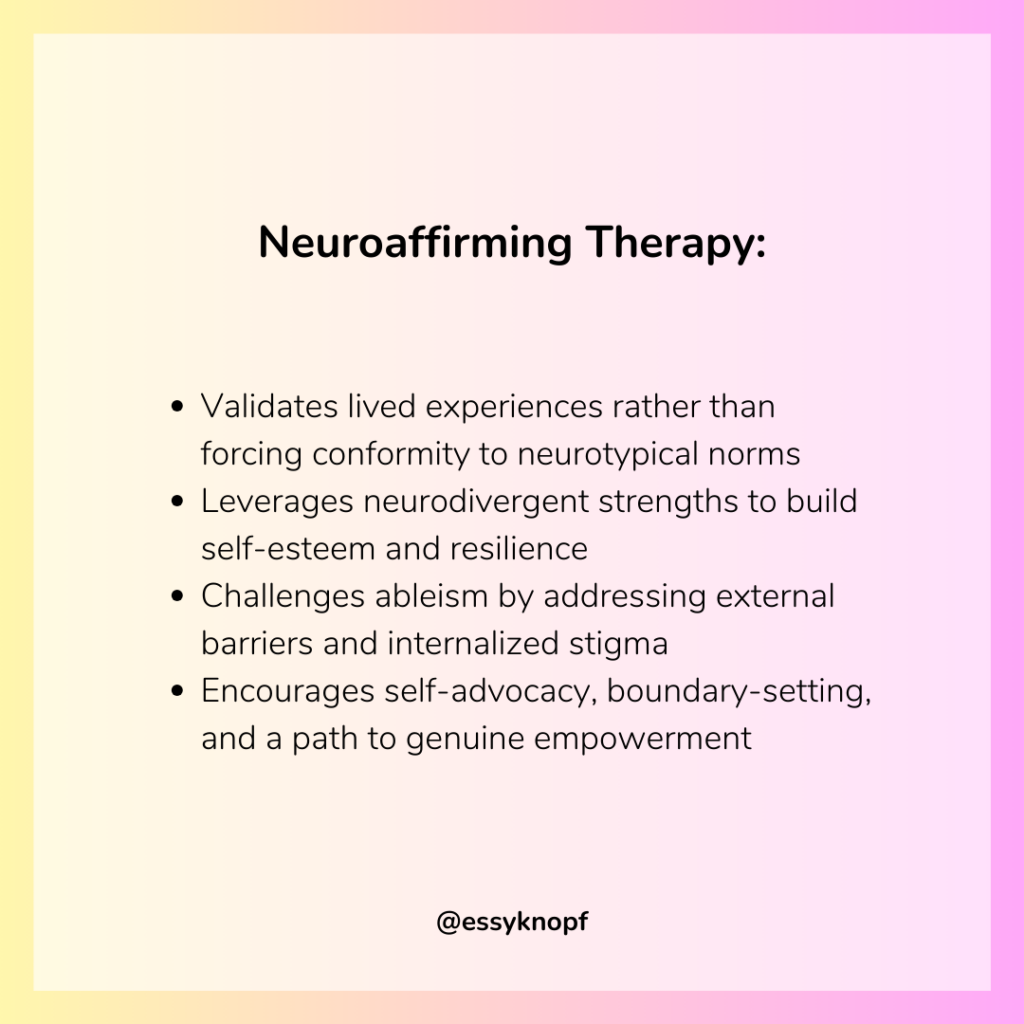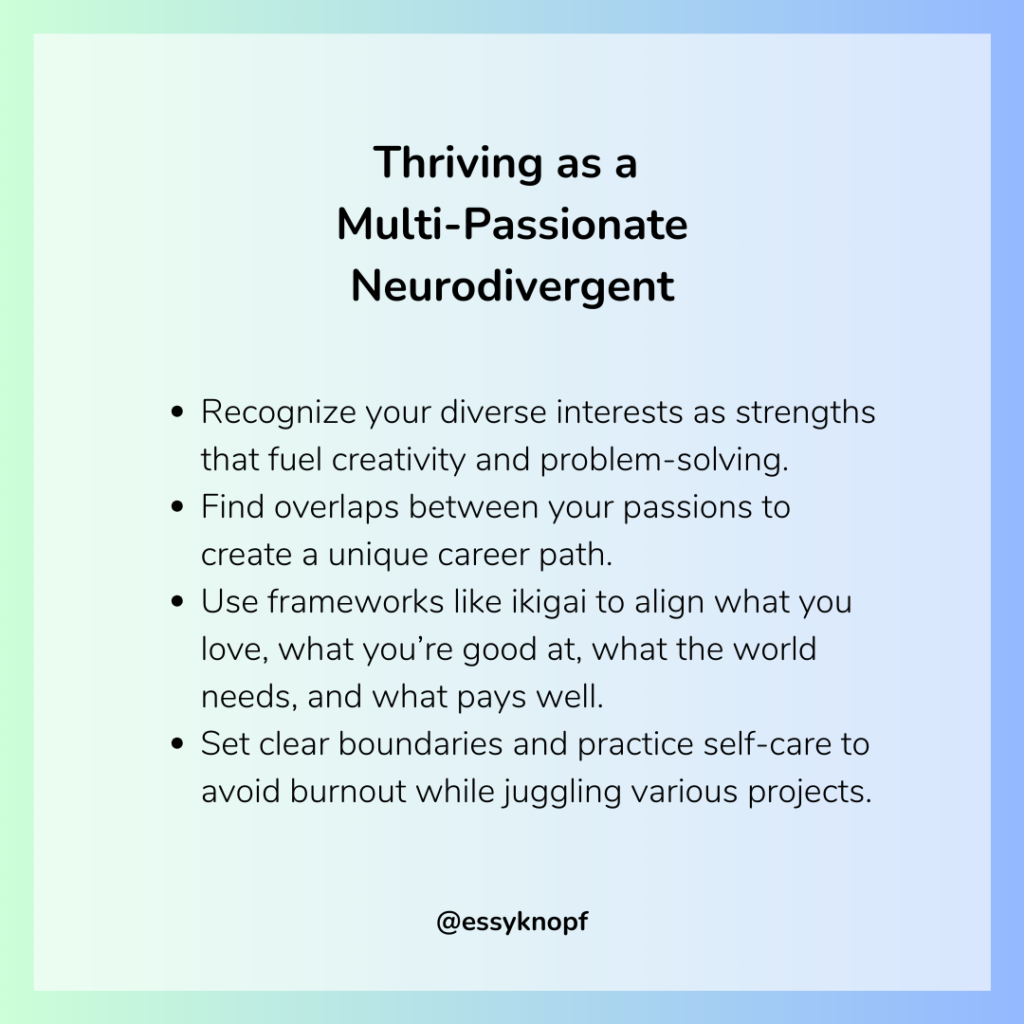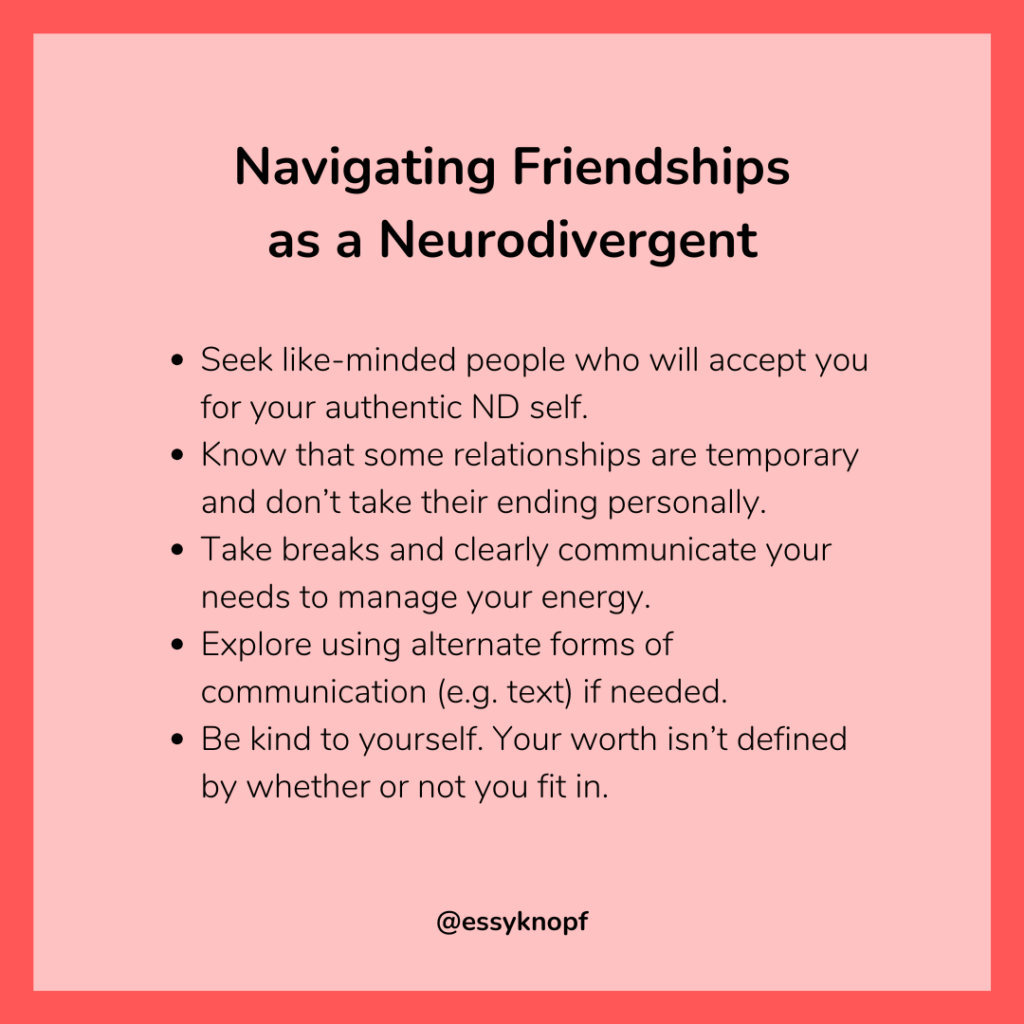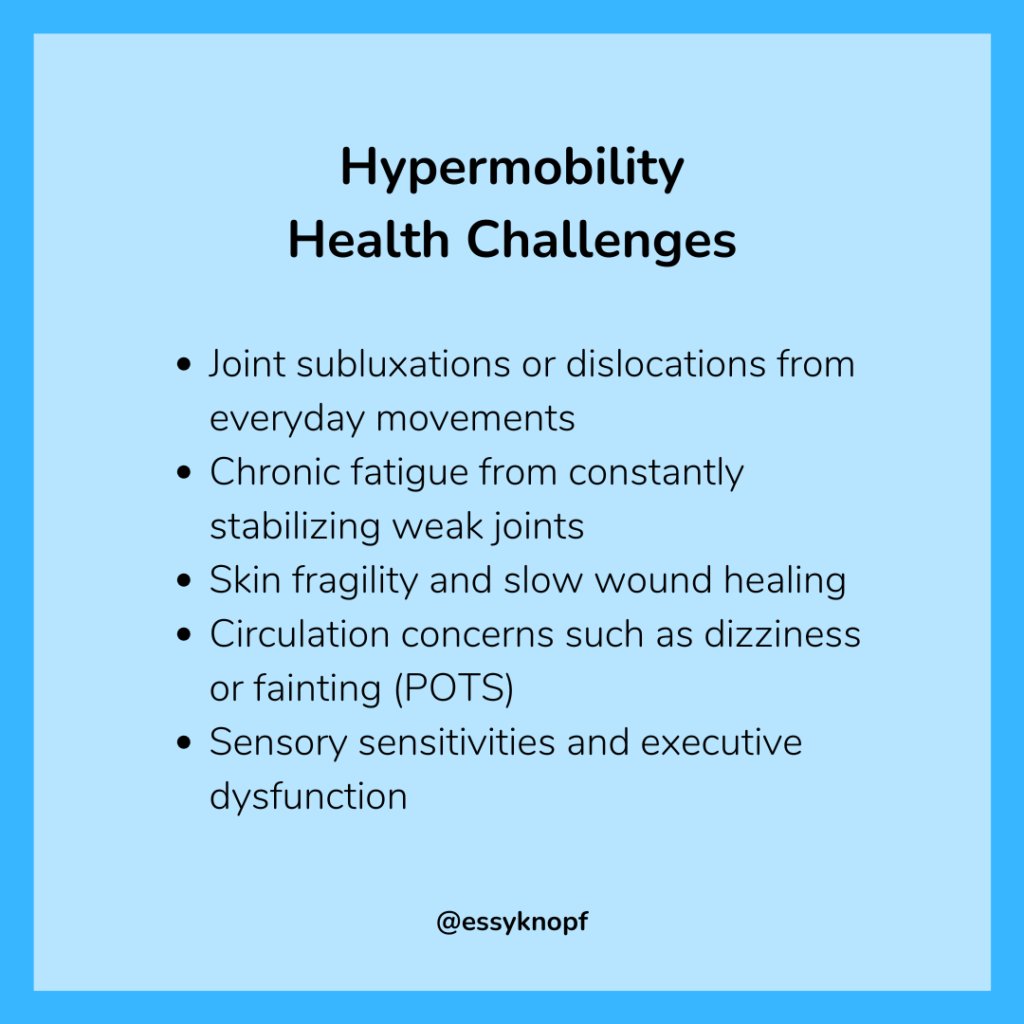Taming the tyrannical inner critic: A guide for autistics and ADHDers
If you’re autistic or ADHD and constantly hear a voice telling you you’re “not good enough,” you’re not imagining it—and you’re definitely not alone.
That voice? It’s your tyrannical inner critic (TIC). And for many neurodivergent (ND) folks, it’s an all-too-familiar presence.
The TIC is the voice that says: “You’re going to mess this up.” “Why even try? You always fail.” “People don’t like you. You’re too much.”
It never rests. It never encourages. It only tears you down—and convinces you it’s doing you a favor by doing so.
Where Does the TIC Come From?
The TIC is often a product of trauma—especially complex PTSD, which is sadly common among autistics and ADHDer.
Many of us grew up being told (directly or indirectly) that our needs were too much, our behavior was wrong, or that we simply didn’t belong. We learned to anticipate rejection. We started beating ourselves up before anyone else could.
The TIC tries to protect us by warning us away from risks and mistakes. But it does so by keeping us stuck in self-criticism, fear, and avoidance.
It whispers: “Stay small and safe. If you don’t try, you can’t fail.” But what it really steals is your chance to live fully.
How the TIC Shows Up in Neurodivergent Lives
The TIC isn’t just a voice in your head. It can shape your whole world.
🌀 You avoid trying new things because you expect failure.
🌀 You shrink your life down to what feels “safe.”
🌀 You internalize ableist standards and feel like you’re never enough.
🌀 You catastrophize even small mistakes—and spiral into shame.
The TIC thrives on old messages and assumptions. It echoes the voices of critical caregivers, teachers, peers, or society at large. And over time, it becomes so familiar that it feels like truth.
But it’s not the truth. It’s trauma.
You Are Not the TIC
Here’s the first thing to know: you are not your TIC.
It’s just one part of your inner experience—a scared, protective part. It’s not inherently evil or malicious. It’s just outdated. And it needs help learning a new role.
You don’t need to fight it. You can befriend it. Here’s how.

7 Ways to Tame the Tyrannical Inner Critic
💬 Name it: Give your TIC a name or character. Naming creates distance and softens the power it holds.
🧠 Label it: Try saying, “My TIC is telling me that I’m going to fail.” This helps separate the thought from you. You are the observer—not the thought.
🧘♀️ Practice mindfulness: Ground yourself in the present with mindful breathing or sensory awareness. This calms the nervous system and gives you space to respond, not react.
🎭 Visualize a container: Imagine putting the TIC in a little box. Close the lid. When it pops back out (because it will), gently put it back in. Rinse and repeat.
✍️ Journal your TIC’s patterns: Writing down what your TIC says helps you spot its scripts—and challenge them over time.
🗣️ Talk back with compassion: Try saying: “Thanks for trying to protect me. I know you’re scared. But I can handle this now.” Self-kindness is your greatest tool here.
🤝 Connect with others: The TIC thrives in isolation. Talking to someone—a friend, therapist, or community member—can put your fears into perspective and remind you you’re not alone.
What the Tyrannical Inner Critic Doesn’t Want You to Know
The TIC does not want you recognize that mistakes are human, and growth requires risk. But the truth is, you can handle discomfort—and come out stronger. And you are worthy, just as you are.
The TIC wants you to play it safe—but at the cost of your joy, your potential, your freedom.
When you meet the TIC with empathy, you take back your power. You don’t have to believe everything it says. You get to choose what voice guides your life.
Final Thoughts
You may never completely silence the tyrannical inner critic. That’s okay. The goal isn’t to get rid of it—it’s to learn how to live alongside it with self-compassion and boundaries.
Because when you do, something magical happens: The TIC gets quieter. Your true voice gets louder. And you begin to build a life based not on fear, but on hope.
Do you recognize your TIC? What name would you give it? How have you learned to cope with its criticism?
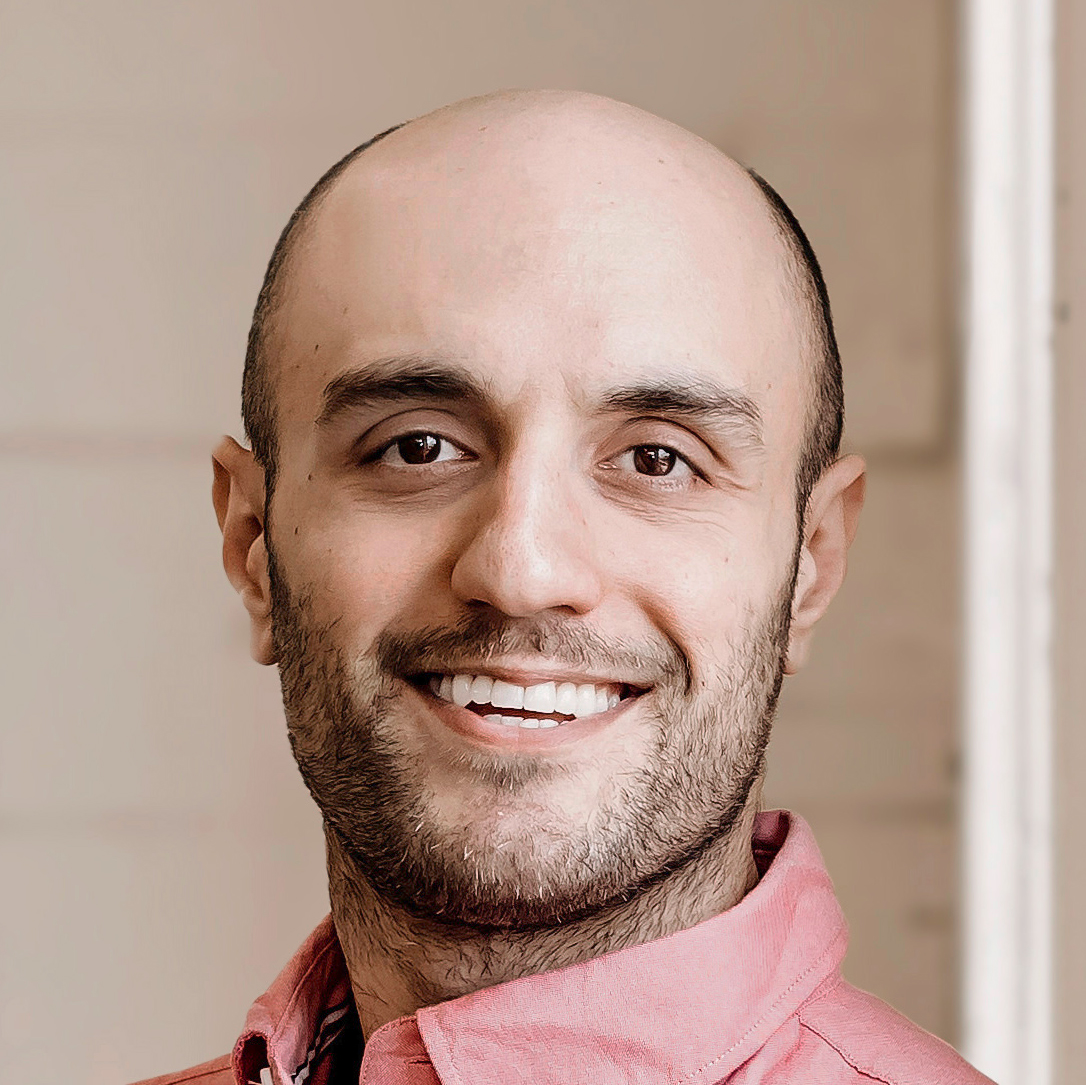
Essy Knopf is a therapist who likes to explore what it means to be neurodivergent and queer. Subscribe to get all new posts sent directly to your inbox.




